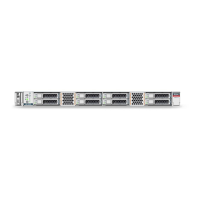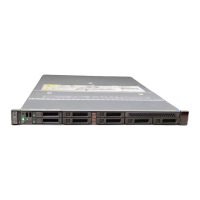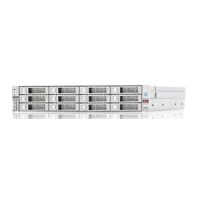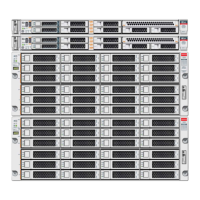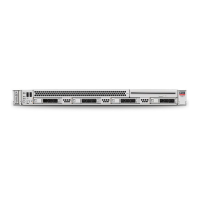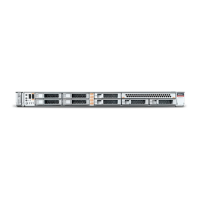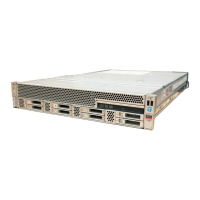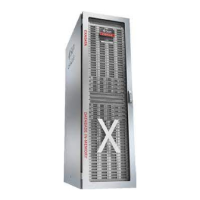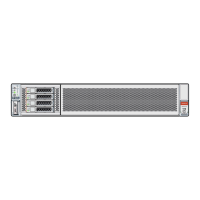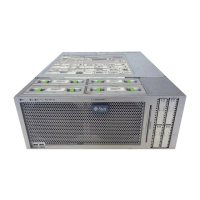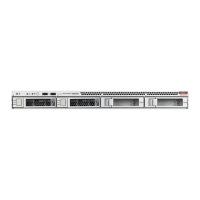Exit BIOS Setup Utility
Exit BIOS Setup Utility
1.
Use the left and right arrow keys to navigate to the top-level Save & Exit Menu.
2.
Use the up and down arrow keys to select the desired action.
3.
Press Enter to select the option.
4.
In the confirmation screen, select Yes to proceed and exit the BIOS Setup Utility,
or select No to stop the exit process.
Note - After modifying any BIOS settings, the subsequent reboot might take longer than a
typical reboot where no settings were modified. The additional delay is required to ensure that
changes to the BIOS settings are synchronized with Oracle ILOM.
Related Information
■
“Access BIOS Setup Utility Menus” on page 225
■
“BIOS Setup Utility Menus” on page 224
Setting Up BIOS Configuration Parameters 251
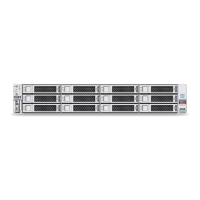
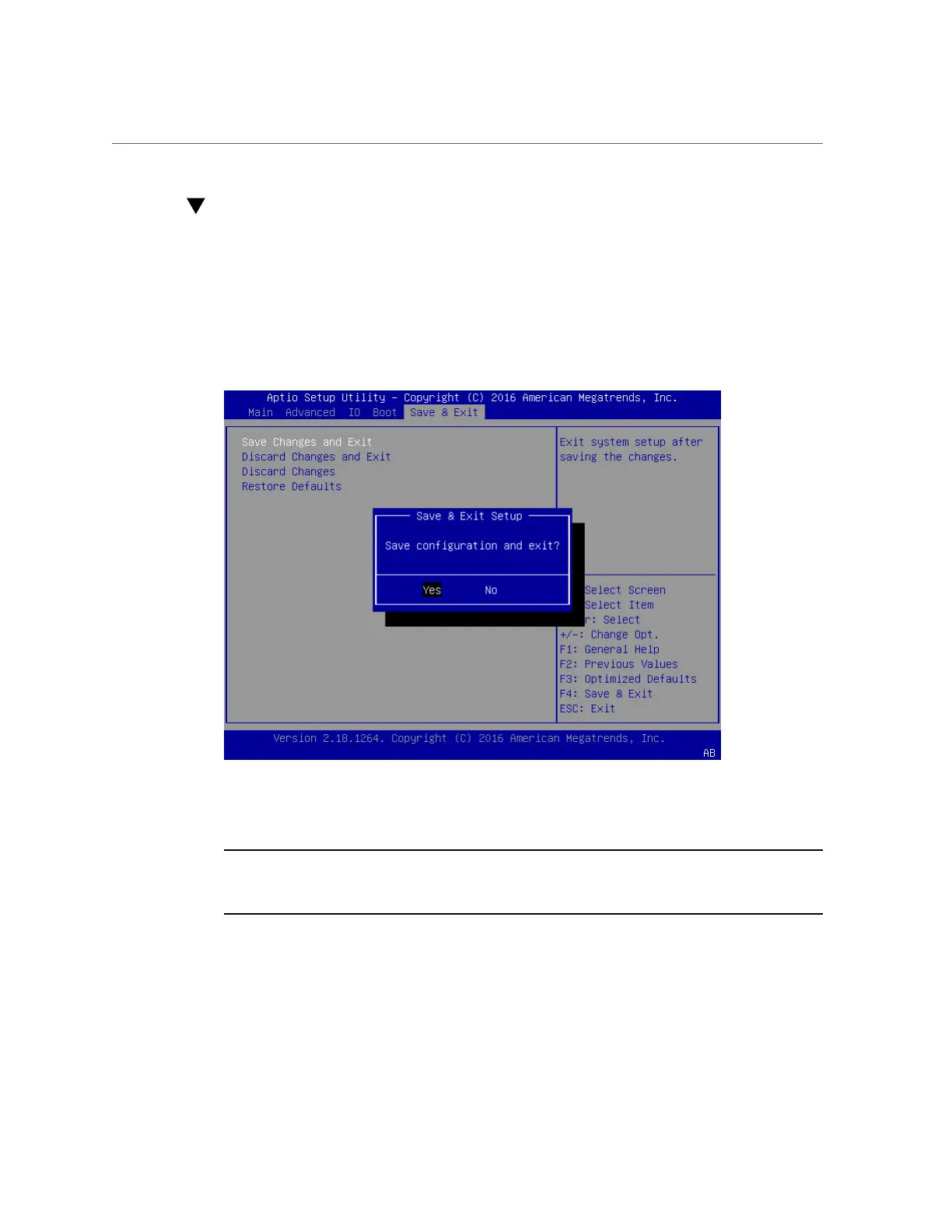